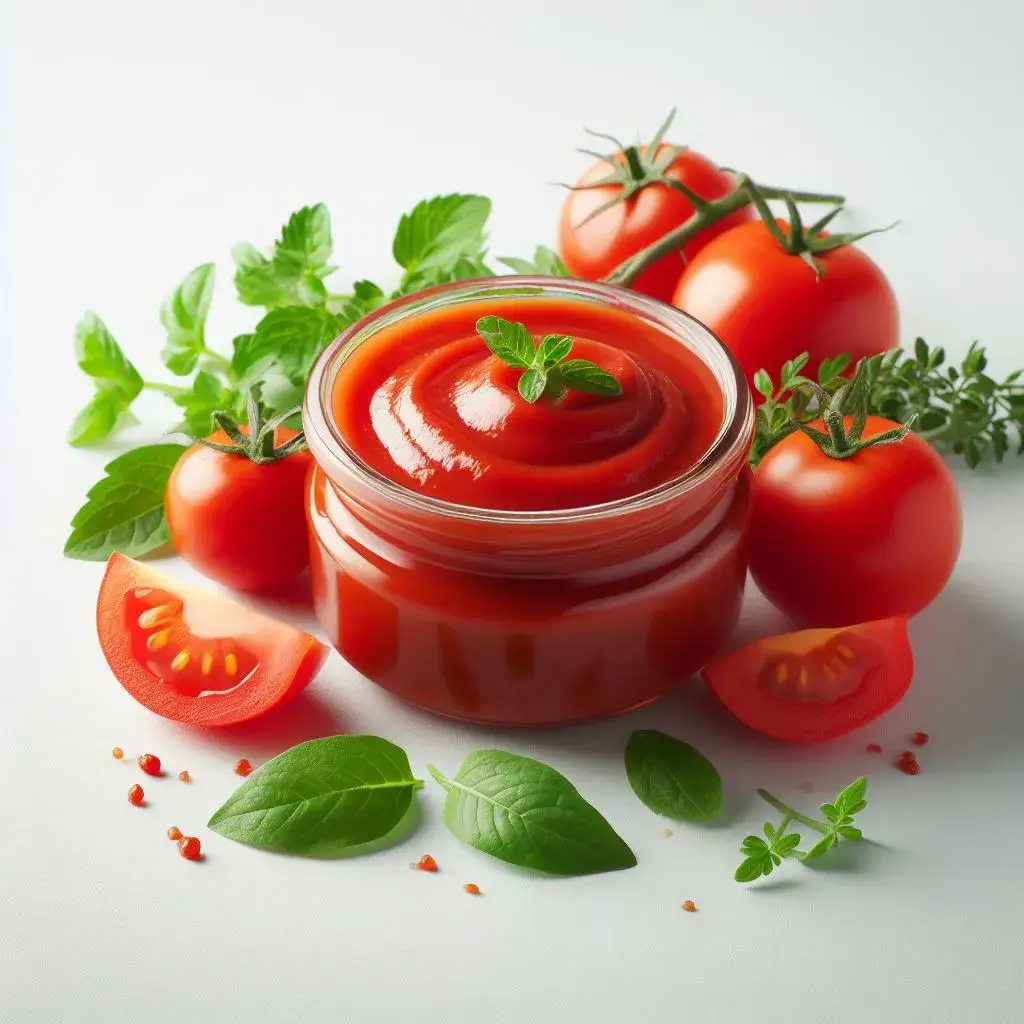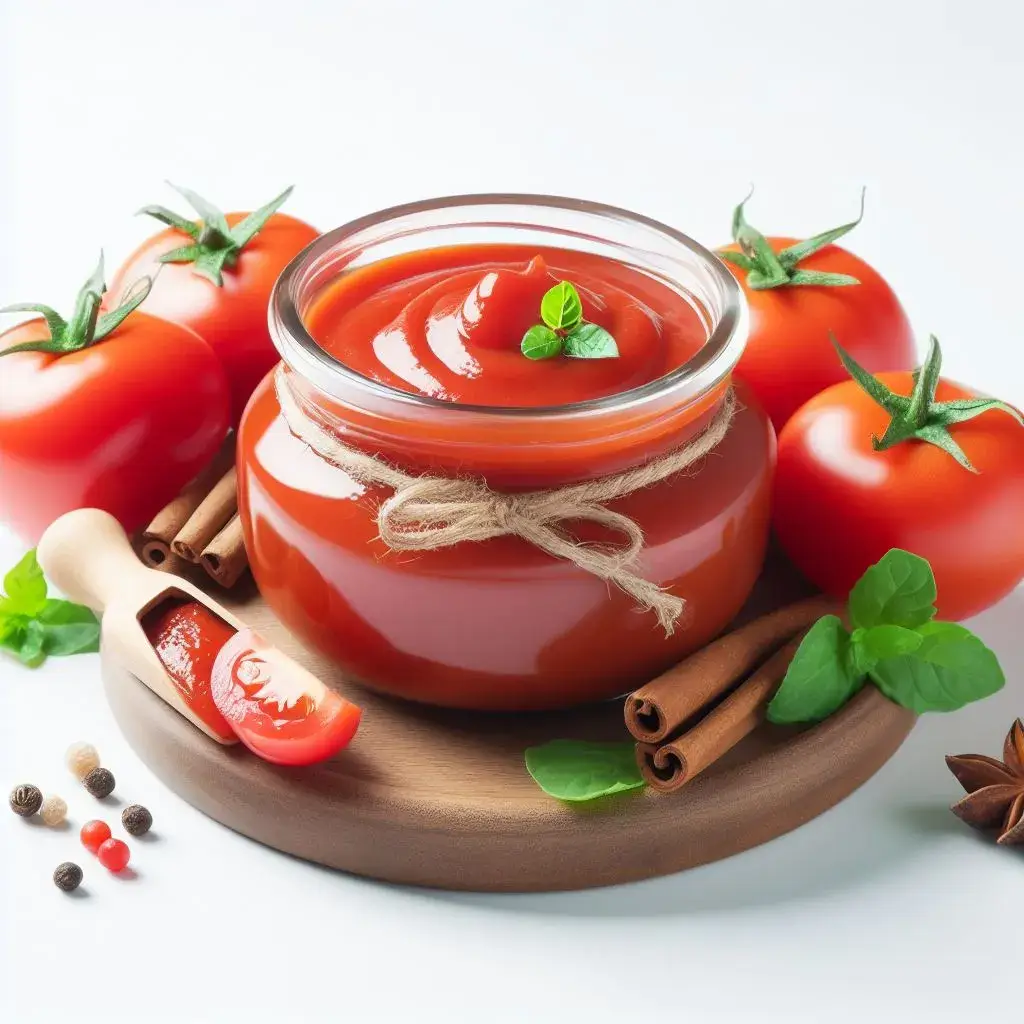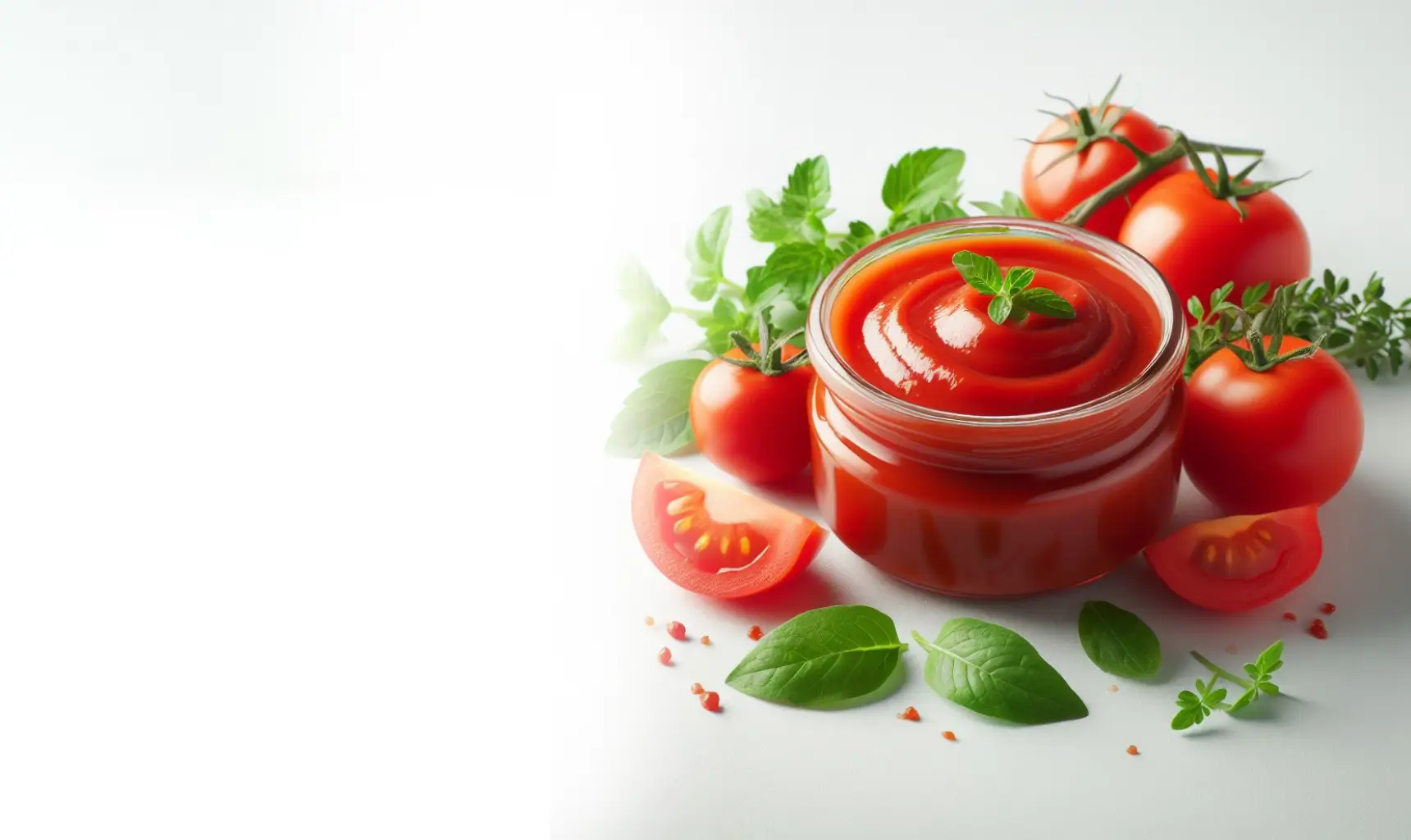every thing you should know for making a good tomato paste you should know Tomato paste is a thick, concentrated form of tomato puree used to add rich, bold tomato flavor to recipes. It is produced by removing most of the water content from tomato puree through gradual evaporation. Tomato paste contains a high proportion of soluble tomato solids, ranging from 24% up to 38% or more. This gives it a dense, rich texture and intense tomato taste. The production of tomato paste requires proper processing techniques to achieve the desired consistency, flavor, and shelf stability. Here is a detailed step-by-step overview of the industrial tomato paste production process:
How to make High quality Tomato paste?
Tomato Harvesting for Tomato paste
Tomatoes used for paste production are picked fully ripe and vine-ripened for optimal flavor. The harvesting time depends on variety and region, but generally takes place at peak season from August to October. The tomatoes are harvested either by hand or using mechanical pickers and immediately loaded into crates or trucks. Gentle handling prevents bruising and damage to the ripe tomatoes. The freshly picked tomatoes should be transported quickly to the processing facility to maintain freshness.
Inspection and Sorting Tomato
Upon arrival at the tomato paste plant, the tomatoes undergo thorough inspection and sorting. Any damaged, rotten, or defective tomatoes are removed and discarded. The good tomatoes proceed to washing. Visual inspection, mechanical sorting, and manual sorting help eliminate substandard fruits.
Washing and Cleaning Tomato
The selected tomatoes pass through a water bath and washing system to remove any dirt, debris, or residue from the fields. Clean, contaminant-free tomatoes are critical for final product safety and quality. The washed tomatoes may also be treated with a food-grade chlorine solution for disinfection.

How to make High quality Tomato paste?
Crushing/Pureeing Tomato
Clean tomatoes are crushed and mashed into a pulp to expose the inside flesh and juices. This pulping step ruptures the tomato cells and allows the contents to flow out. The tomato pulp is then screened and filtered to remove peel fragments, seeds, and fibrous material. What’s left is a consistent, smooth tomato puree.
Evaporation Tomato paste
The pureed tomatoes are gradually heated and concentrated in large steam-jacketed kettles or evaporators. As water evaporates, the puree becomes thicker and the tomato solids more concentrated. This evaporation continues until the desired concentration of soluble solids is reached. The process may take 6-8 hours for a batch.
Pasteurization Tomato paste
The concentrated tomato paste is rapidly heated to at least 88°C (190°F) and held for 2-3 minutes. This high-temperature short-time pasteurization destroys bacteria and microorganisms, ensuring food safety. The paste is then quickly cooled back down.
Packaging Tomato paste
The final tomato paste is pumped into aseptic bag-in-box packaging systems or lined metal cans. The key is keeping the paste sterile and isolated from oxygen. Pouches and aseptic boxes allow shelf-stable storage at room temperature. Canned paste must be retorted after sealing to sterilize.

How to make High quality Tomato paste?How-to-make-Tomato-paste
Quality Control
Throughout the production process, samples are taken and analyzed in on-site laboratories. Common quality checks include brix (solids), pH, color, viscosity, microbial testing, and sensory evaluation. This ensures the paste meets composition, safety, and organoleptic standards.
Storage and Distribution Tomato paste
- The packaged tomato paste is warehoused at cool temperatures around 10-21°C until distribution. The shelf life for properly processed and aseptically packaged paste is 18-24 months. Inventory is rotated using first-in, first-out management.
- The Optimal Tomato Paste Production Process
- Selecting perfectly ripened, undamaged tomatoes is the first key to quality. The tomatoes should be washed thoroughly before processing.
- Blanching the tomatoes prior to pulping helps deactivate enzymes that can degrade color, flavor, and nutrition. The blanching step uses steam or hot water to briefly heat the tomatoes.
- Evaporation should be gradual and done at low temperatures below 100°C to preserve heat-sensitive compounds like lycopene and vitamin C. Vacuum evaporation further protects nutrients.
- Aseptic packaging like bag-in-box with multilayered paper and aluminum precludes the need for post-packaging sterilization. This maintains superior flavor and texture.
- Storage at cool temperatures around 12°C is ideal. Warm conditions will continue ripening and enzymatic reactions, reducing shelf life. Cold storage also guards against microbial growth.
- High-brix concentrates with 36% or more soluble solids have a richer, deeper tomato taste. However, higher concentrations call for increased seasoning when used in recipes.
- Optimal processing temperatures, oxygen control, and minimal holding times retain vivid color and delicate tomato flavors. Overcooking and extended heat exposure degrades quality.
In summary, the keys for premium quality tomato paste include starting with excellent raw materials, minimizing mechanical damage, avoiding excessive heat treatment, rapid aseptic packaging, and cold storage. Strict process control and testing ensures consistency between production lots. With care and attention to detail, tomato paste can deliver outstanding cooked tomato flavor and performance.
For more information, visit the our Tomato Paste product page

